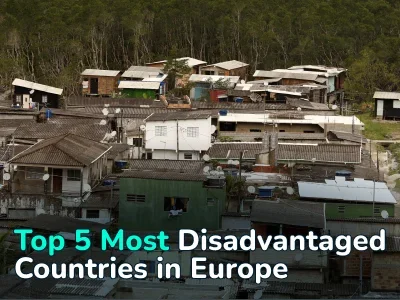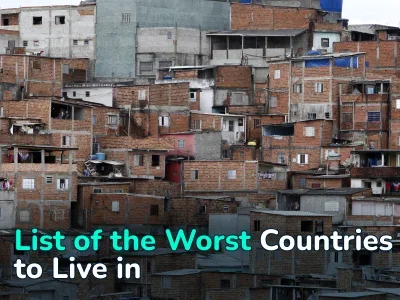
Rising prices at gas stations and grocery stores. The World Bank forecast, which affects everyone
Peter Nagle, Senior Economist at the World Bank Group, outlined the changes that have already taken place since the beginning of 2022. In particular, rising prices for primary goods, changes in global trade models, production, and consumption. How will costs for all categories of goods, energy resources, and essential products change? UN News publishes the World Bank forecast.
Peter Nagle, Senior Economist at the World Bank Group, noted the sharp rise in primary goods prices:
— This is a significant reflection that both Russia and Ukraine are major exporters of primary goods. However, we saw the prices rise even earlier when the economy opened up after COVID-19 lockdowns.
Now, we witness an extensive increase in costs not only for energy but also for food. This will have serious economic and humanitarian consequences.
The increase in energy prices over the past two years has been the most significant since the 1973 oil crisis. The increase in prices for provisions, which were mainly produced by Russia and Ukraine, as well as fertilizers, which require natural gas for their production, was the most significant since 2008.
In 2022, energy prices are expected to rise by more than 50% and will decrease in 2023 and 2024. Due to disruptions in trade and production caused by the war, in 2022 the Brent crude oil price will average $100 per barrel, which is the highest since 2013 and more than 40% higher than in 2021.
In 2023, the price is expected to drop to $92, which is significantly higher than the five-year average of $60 per barrel. European natural gas costs in 2022 will be twice as high as in 2021. Coal prices will rise by 80% with both indicators reaching a historic high.
According to the World Bank Group forecasts, a 40% increase in the wheat price is possible in 2022, which reflects the importance of Russia and Ukraine as exporters. Together, they account for about a quarter of the world’s wheat export. Now, export from Ukraine is distinctively affected. The increase in the prices is relevant for the Middle East and North African countries, as they receive a significant part of wheat from Russia and Ukraine.
— This means an increase in prices at gas stations, as well as in grocery stores for an average consumer. This is especially unwanted for the poorest families, as they spend most of their income on food and energy, and therefore are exceptionally vulnerable to such changes,» — highlighted Peter Nagl.





















